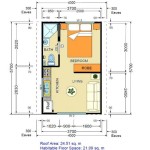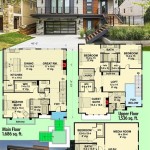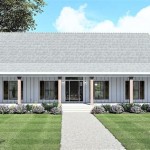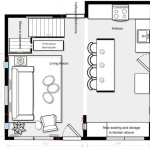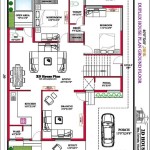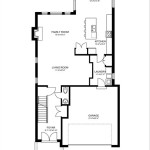Tiny House Floor Plans With Basement: Essential Aspects
A tiny house with a basement is an excellent option for those who want to live minimally without sacrificing comfort or storage space. A well-planned basement can provide additional living space, storage, or even a home office. Here are some essential aspects to consider when designing tiny house floor plans with basements:
Basement Size and Entry
The size of the basement will depend on the overall size of the tiny house and the desired use of the space. A larger basement will provide more options but will also require more excavation and construction costs. The entry to the basement should be carefully planned to ensure easy access and minimize heat loss.
Natural Light and Ventilation
Basements can be dark and damp if not adequately lit and ventilated. Windows or skylights can provide natural light, while ventilation systems can help circulate air and prevent condensation. Passive solar design techniques can further enhance natural light and warmth in the basement.
Structural Support and Moisture Control
The basement of a tiny house needs to be structurally sound and protected from moisture. Proper footings, walls, and waterproofing systems are essential to prevent structural damage and maintain a dry and healthy environment. The use of moisture-resistant materials and adequate insulation is also crucial.
Utilities and Storage
The basement can be used to house utilities such as a furnace, water heater, and electrical panel. Proper planning is necessary to ensure efficient access to these systems for maintenance and repairs. In addition, the basement can provide ample storage space for items that are not frequently used.
Living Space and Functionality
If the basement is intended for living space, it should be designed with comfort and functionality in mind. Proper ceiling height, flooring, and lighting are essential to create a habitable environment. Built-ins, such as shelves, desks, or closets, can maximize space and provide additional storage and functionality.
Egress and Safety
All basements must have an egress window or door that provides a safe escape in case of emergency. Emergency lighting and fire safety measures are also crucial for the safety of occupants. Complying with local building codes and regulations is essential to ensure the safety and habitability of the tiny house.
Exterior Considerations
The exterior design of the tiny house should complement the presence of a basement. Proper drainage systems around the foundation are necessary to prevent water from seeping into the basement. Exterior access to the basement, such as a bulkhead or door, can be incorporated for convenience and storage.
Conclusion
Tiny house floor plans with basements offer unique opportunities to maximize space and functionality. By considering essential aspects such as size, natural light, structural support, utilities, storage, living space, safety, and exterior design, homeowners can create comfortable and efficient tiny homes with the added benefit of a subterranean level.

Small Cottage Plan With Walkout Basement Floor

Small Cottage Plan With Walkout Basement Floor

2 Story 4 Bedroom House Plans Tiny Floor Plan

Think Ahead And Plan For Future Space Requirements By Building Your Tiny Home On A Basement Fo Small House Floor Plans

Small Cottage Plan With Walkout Basement Floor House Plans

The Best 2 Bedroom Tiny House Plans Houseplans Blog Com

Small Cottage Plan With Walkout Basement Floor

Cottage House Plan With 3 Bedrooms And 2 5 Baths 3800

Craftsman Floor Plan Main 303 473 Narrow House Plans Basement Lot

27 Adorable Free Tiny House Floor Plans Craft Mart

